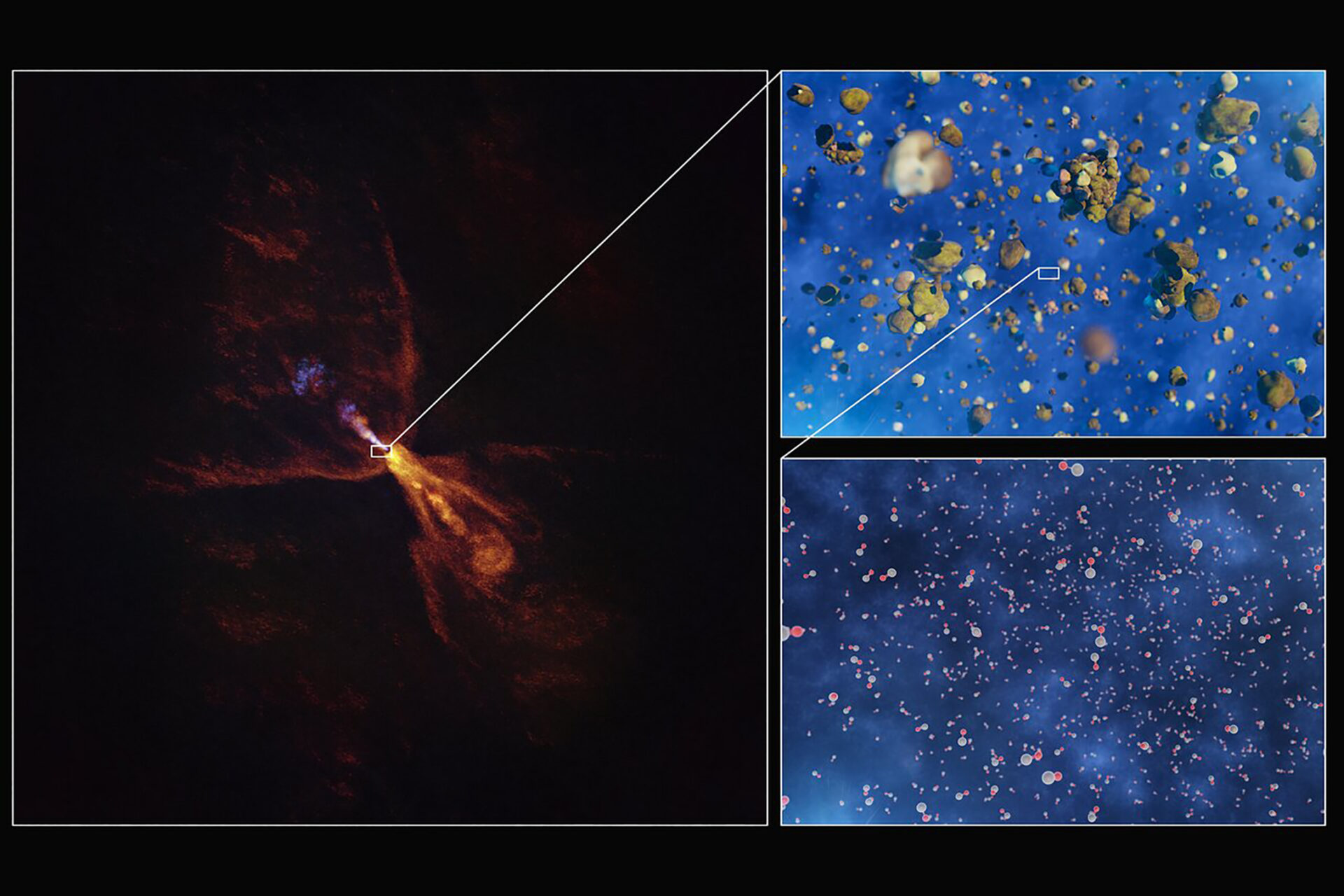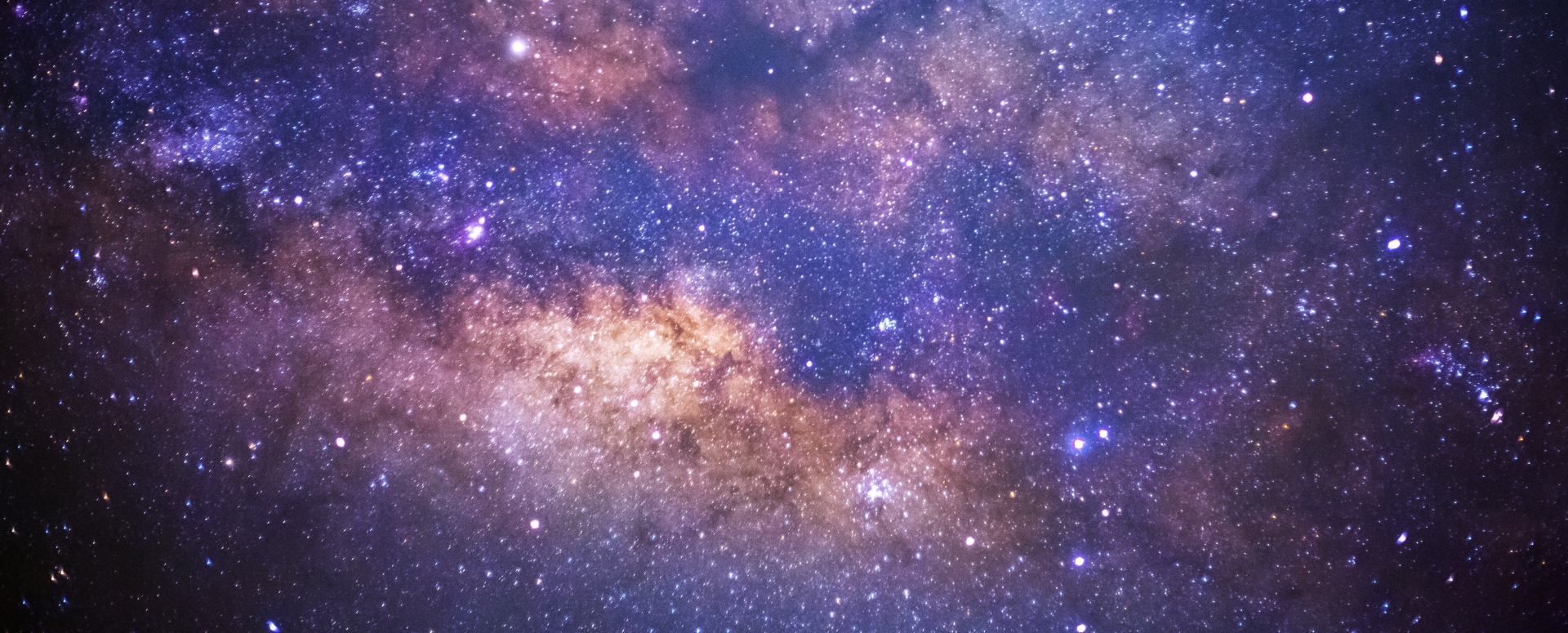The Birth of Planets: Capturing the First Moments
For the first time, researchers have documented the very beginning of planet formation around a young, distant star—a discovery that could shed new light on the early history of our own Solar System.
An international team of astronomers has, for the first time, documented the earliest stages of planet formation around a young star. In the past, researchers managed to document young massive planets embedded within the gas and dust disks surrounding newborn stars. But now, they have succeeded in effectively “going back in time” to the very beginning of this process, identifying the onset of planet formation. “We’re seeing a system that looks like what our Solar System looked like when it was just beginning to form,” said Merel van’t Hoff of Purdue University, USA, and one of the lead researchers of the study. “This system is one of the best that we know to actually probe some of the processes that happened in our Solar System.”
In a paper published in Nature, the researchers report that their observations focused on the star HOPS-315, located about 1,300 light-years from Earth. This “baby star” is similar to our Sun in its infancy, roughly 4.5 billion years ago. In our solar system, it is possible to reconstruct early history by analyzing the composition of meteorites that survived from that formative period. Studies of these meteorites have revealed large quantities of silicon monoxide (SiO). This material can solidify even at the relatively high temperatures that prevailed in the ancient protoplanetary disk, and the researchers believe that similar early crystals around the young star gradually accumulated more material, growing in mass and volume and ultimately becoming the cores of planets.

Images of silicon monoxide gas jets around the young star HOPS-315, obtained using data from the ALMA telescope. Right: An artist's impression of silicon crystallizing into solid clumps that develop into planets | ESO/L. Calçada/ALMA(ESO/NAOJ/NRAO)/M. McClure et al.
A Process We’ve Never Seen
The researchers identified the chemical signature of these crystals near the young star using observations from the James Webb Space Telescope. They detected silicon monoxide both in gaseous and solid form, suggesting that crystal formation there is just at its beginning. “This process has never been seen before in a protoplanetary disc — or anywhere outside our Solar System,” said another member of the research team and co-author Edwin Bergin, from the University of Michigan.
To pinpoint exactly where the crystals are located relative to the young star, the team used the ALMA radio telescope in Chile, operated in partnership with the European Southern Observatory (ESO). The precise measurements enabled by ALMA’s array of antennas helped them determine that the solid silicon monoxide crystals are located about 2.2 astronomical units from the star, approximately 330 million kilometers — roughly equivalent to the distance of the main asteroid belt from our Sun. “We’re really seeing these minerals at the same location in this extrasolar system as where we see them in asteroids in the Solar System,” said co-author Logan Francis, a postdoctoral researcher at Leiden University, the Netherlands.
The researchers hope that this new discovery will help advance our understanding of planet formation processes in general, and also shed new light on the early days of our own Solar System. “HOPS-315 represents a unique opportunity to study the physical and chemical conditions during the earliest stages of planet formation, previously accessible only through the Solar System’s meteoritic record,” the researchers wrote in the discussion section of the article.
“Looking further afield, this work raises the question of whether other protoplanetary disks exhibit the same evolutionary pathway as the solar nebula,” wrote Fred Ciesla of the University of Chicago in a commentary on the study. “This will require searches for disks that are similar to HOPS-315, but [this] work shows that we have the facilities to do exactly that.”



